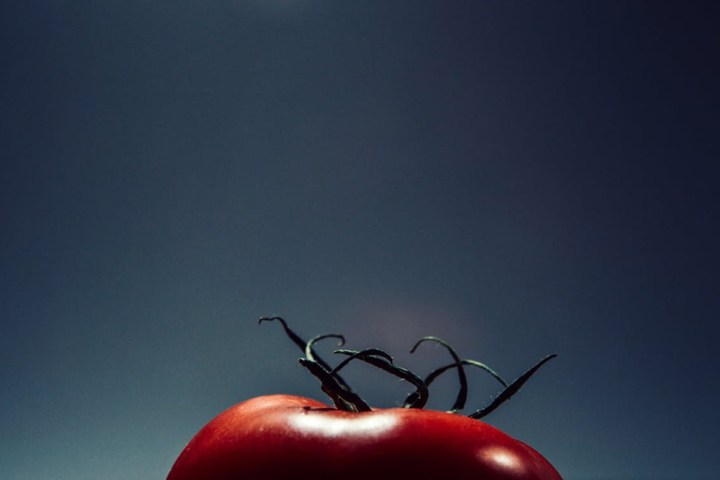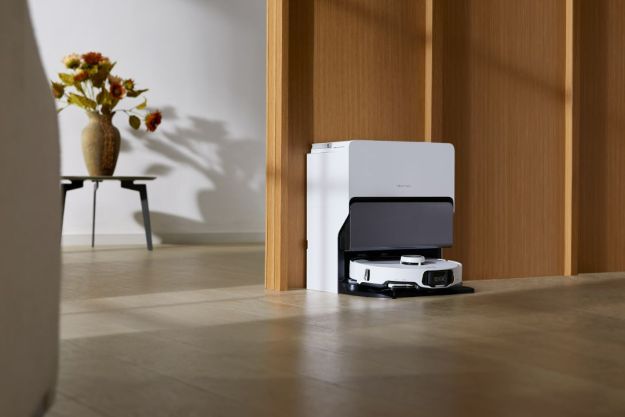
We store all sorts of food in our refrigerators that simply don’t need to be refrigerated. In fact, we may be shortening the lifespan of some foods when we place them in the cool comfort of this useful appliance. So what foods should you take out of your fridge? For some items, such as butter, it’s a matter of personal preference. For others, like tomatoes, it’s a matter of science. (Unless, of course, you like rotten tomatoes). Below are some food items that you can take out of your fridge.
Foods that shouldn’t go in your fridge
Let’s start with some items that actually deteriorate faster when placed inside a refrigerator.
While fridges can be used to chill ingredients or keep beverages cold, one of the main reasons why nearly every household in America has a refrigerator is that it keeps food fresher for longer. Well, most foods. Tomatoes are one produce item that will actually rot faster when placed in a fridge. According to Mercola, the chemical structure of a tomato can actually be changed due to refrigeration. This leads to quicker rotting and tasteless tomatoes. Cold temperatures can also lead to “chilling injuries,” which is basically results in bruised and discolored tomatoes.

The flavor of a potato can also be altered due to refrigeration. The cold air allows the starch to turn to sugar at a quicker rate, which produces a sweeter taste. If you need help remembering which foods can have their tastes changed by refrigeration, just remember that they both rhyme with “omato.”
For similar reasons, basil, onions, garlic, bread, coffee beans, honey, and berries should be kept out of the fridge.
Foods that shouldn’t always (but sometimes should) go in your fridge.
Fresh produce can be a delicate thing. The transition from unripe, to ripe, to rotten can pass in the blink of an eye. Refrigeration can slow down this process, or even completely stop it.
Have you ever placed an unripe avocado in the fridge? If you have, you probably noticed that it never really ripened. Refrigeration basically stops this process. This is a terrible thing if you have an unripe avocado. On the other hand, if you have a fresh avocado or cut slices of this pre-guacamole fruit, keeping it in the fridge will prolong its freshness.
The same can be said with bananas. Refrigerating an unripe banana will result in a still unripe banana in a few days. Avocados and bananas should both be kept on the counter until they are fully ripe. If you aren’t ready to eat them when they turn from green to yellow (or from hard to slightly squishy), you can put them in the refrigerator to keep them fresh.
Foods that can (but don’t need to) be stored in your fridge
For many foods, the decision to put them in the fridge or not is a matter of a personal opinion. Do you like your peanut butter cold and hard? You do? Well, technically there’s nothing wrong about storing your peanut butter in the fridge. It’s a little weird, but it isn’t wrong.

The same can be said about butter. While spreadable butter is certainly the best thing since, and for, sliced bread, some people insist on hardening this ingredient in the fridge. Why? Well, for one, it’s a dairy product. You wouldn’t keep milk on your counter for multiple days, would you? However, butter is made from pasteurized milk and if you keep it covered in a butter dish, there isn’t much risk of contamination. Salted butter has an even lower risk. While the food industry goes back and forth on how to store butter, you can keep “in-use butter,” the butter that you’ll use that day, on your counter in a covered dish, and the rest of your supply in its package in the fridge.
Many people also keep bottled ingredients, such as hot sauce, ketchup, and mustard in the refrigerator. If you’re looking to make some more space in your fridge, these items can all be moved to your cabinet. Ketchup and mustard contain acids that inhibit bacteria growth. Refrigeration will slow down this growth even further, but if you go through a bottle of ketchup in less than a month, there’s nothing wrong with storing it in your cabinet.
Editors' Recommendations
- This portable dishwasher can go wherever you go to clean and sanitize dishes
- Food wish fulfilled? Genie launches next-gen pod-based cooking system


